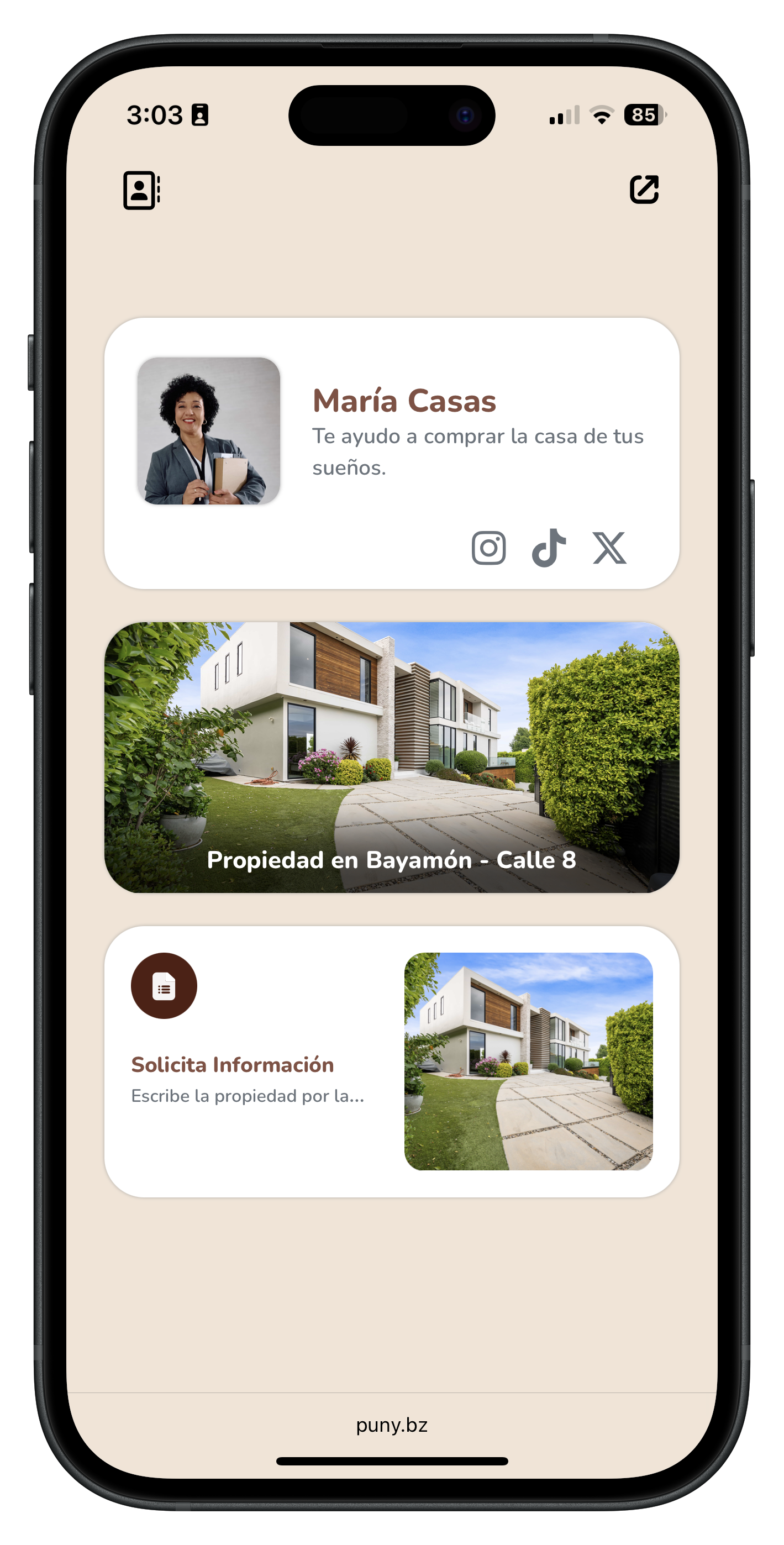Objective: save time, serve more people with consistent quality, build systems, and know your real capacity.
1) Define the standard outcome
Before anything else, clarify what you always deliver. Describe the “final product” with examples, formats, and quality criteria so anyone knows what “well done” means and what is out of scope. Use lightweight templates for the brief, proposal, delivery, and feedback. This reduces doubt and misaligned expectations.
2) Package into 1–3 clear offers
Turn your work into named packages based on outcomes, not hours. Define scope, limits, and standard turnaround times, and give them fixed prices. Quoting takes minutes and you avoid renegotiating from scratch each time.
3) Create a 1‑page SOP per package
Each package deserves a simple, visible process. In one page, list numbered steps (max 10), roles, and estimated times. End with a QA checklist before delivery. Suggested structure: purpose and scope, tools and templates, steps with times (for example 20m, 45m, 15m), and a QA checklist.
4) Repeatable time blocks on your calendar
Group similar tasks into fixed blocks (for example Editing, Review, Sales) and schedule them as recurring with reminders. Avoid multitasking: one block, one type of energy. You will gain speed without burning out.
5) Measure your capacity (simple formula)
Calculate your real weekly work hours (T) and how long one standard delivery takes per the SOP (E). Your approximate weekly capacity is T / E. If, for example, T = 20h and E = 2h, you can make 10 deliveries per week. Leave a 20% buffer for surprises.
6) Intake and prioritization system
Use an intake form to request only the essentials and required files. Prioritize by confirmed payment, real urgency, and client value. Keep a single status flow: To do → In progress → QA → Delivered. Less chasing info, less rework.
7) Automate the obvious
Start manual, document, then automate the repeats. Turn on confirmation and reminder emails, proposal and invoice templates, and a per‑client folder or space with a clonable structure. Remove friction without overcomplicating.
8) Weekly review of capacity and bottlenecks
Each week, adjust actual times per step. Identify the slowest step and improve that first. If the standard time changed, update prices. You will keep margins and consistent delivery.
If you want all your services in one place for your clients:
Puny is the web app to standardize and sell your services without friction. Create your “service storefront” with clear packages, fixed prices, and turnaround times, exactly as defined in your SOP. Enable scheduling so clients can book directly, get paid with local methods and cards, and automate confirmations and reminders. Fewer back‑and‑forths, more productive hours.
Create your service storefront free on Puny and start selling your packages today.




